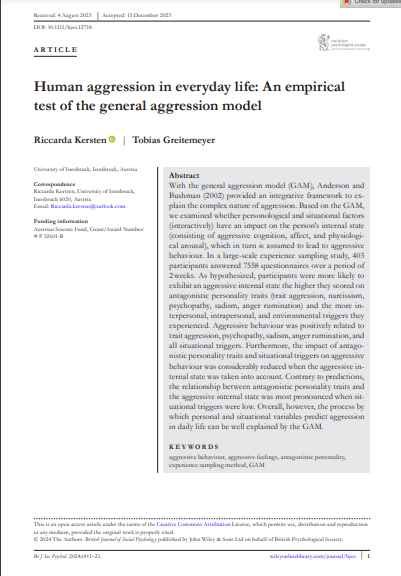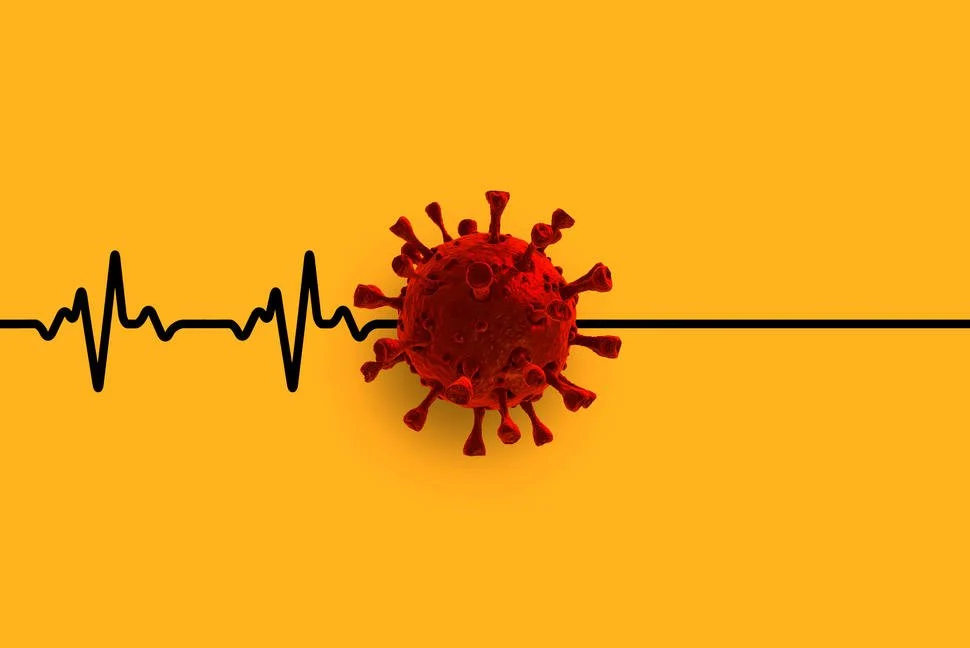By Christopher Dowling, Heather Wolbers, Anthony Morgan and Cameron Long
This study examines how accurately the refined Family Violence Risk Assessment Tool (FVRAT) predicts repeat domestic violence. Developed on the basis of a previous validation study of an earlier, much longer version of the tool, the refined FVRAT consists of 10 checkbox items, along with sections recording victim and officer judgements. These are used to inform police responses in the Australian Capital Territory.
A sample of over 450 unique reports of violence involving current and former intimate partners between March and December 2020 in which police used the refined FVRAT were examined. Repeat domestic violence was measured based on whether a subsequent report of domestic violence was made to police within six months.
Consistent with the previous study, the refined FVRAT predicts repeat domestic violence at least moderately well. Victim judgements were also shown to enhance the tool’s ability to correctly identify repeat domestic violence, although the findings also suggest some caution is warranted in using these judgements.
Trends & issues in crime and criminal justice no. 674. Canberra: Australian Institute of Criminology. 2023. 18p.





















